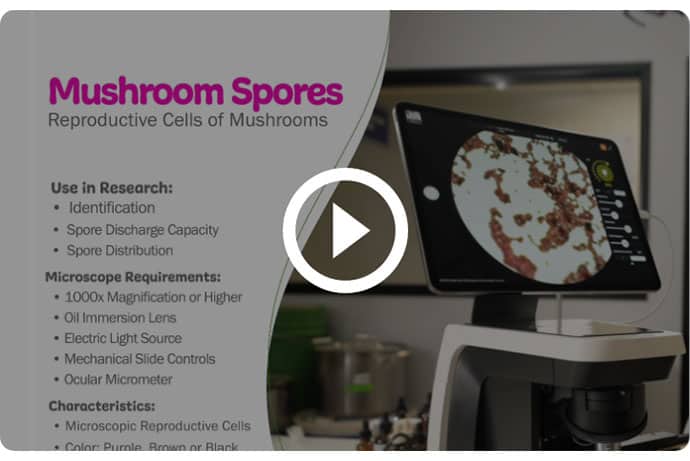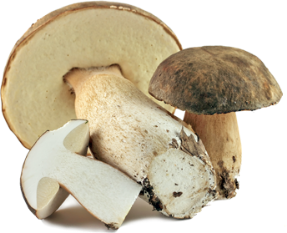Unraveling the Magic
Mysteries of Mushroom Spores
Magic mushroom spores are the tiny reproductive cells that produce magic mushrooms. Think of them as the seeds that hold the key to unlocking the wonders of this phenomenal realm.
- Extremely small; visible only with a microscope.
- Each product contains hundreds of thousands of spores.
- Ideal for both researchers and hobbyists.
- Perfect tool for delving into the world of mycology.













































